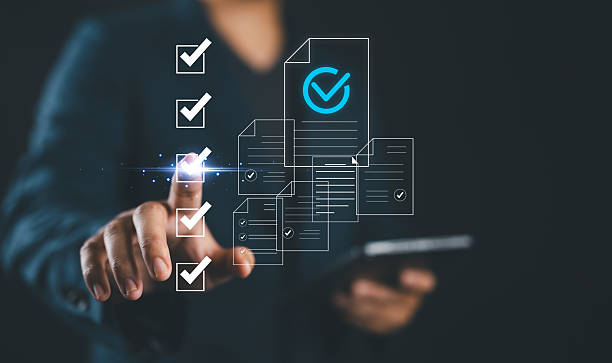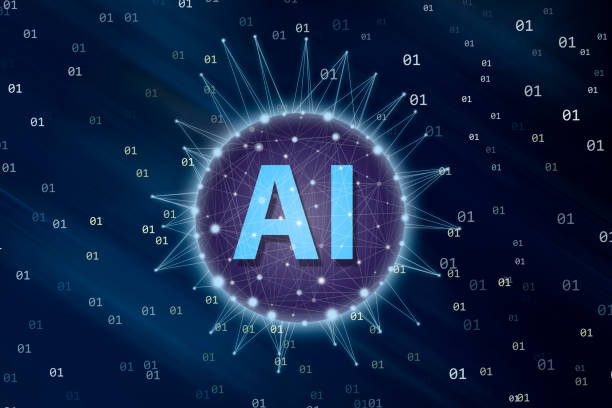Introduction to On-Page SEO and its Role in Ranking
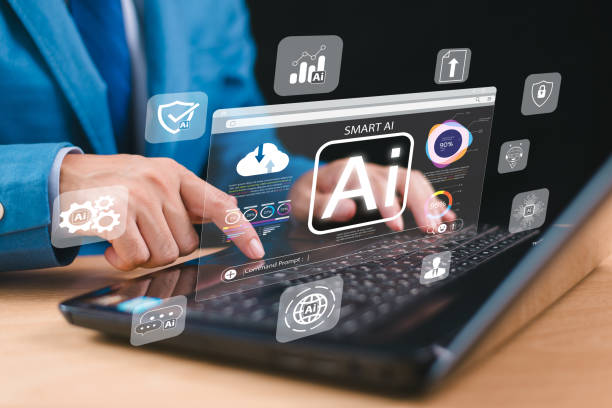
In today’s competitive web world, a website’s visibility in search engines is key to success.
#SEO, or Search Engine Optimization, is a set of actions performed to improve a site’s ranking in search results.
One of the most important parts of this process is On-Page SEO.
This section includes optimizing elements that are directly under your control and located within your website.
These elements include page content, HTML tags, URL structure, and internal links.
The main goal of On-Page SEO is to send clear signals to search engines about the topic and quality of your content.
This optimization section is a foundational educational and vital part of any successful SEO strategy.
Without strong On-Page SEO, even with many backlinks, you may not achieve the desired results.
This is a comprehensive explanation of why and how this process is important, helping you better understand the pivotal role of On-Page SEO in increasing visibility and attracting organic traffic.
Do you dream of a thriving online store but don’t know where to start?
Rasawab is your comprehensive e-commerce website design solution.
✅ Attractive and user-friendly design
✅ Increased sales and revenue⚡ Get free consultation
Keywords and Targeted On-Page Content

The correct selection and use of keywords are the cornerstone of any successful On-Page SEO strategy.
This process begins with comprehensive research to find the words and phrases your target audience uses in search engines.
Once identified, these keywords should be naturally and logically incorporated into the page content.
This includes using the main keyword in the title, meta description, URL, headings, and body content.
However, not only keyword density is important, but the quality and relevance of the content to the keywords are also crucial.
Your content should be specialized, comprehensive, and valuable, fully addressing users’ needs.
This approach not only helps search engines better understand your page’s topic but also improves user experience.
Using synonyms and LSI (Latent Semantic Indexing) keywords also enriches the semantic depth of the content and signals to search engines that your content has more depth.
This is a practical guide for optimal use of keywords in your On-Page SEO strategy, leading to increased rankings and attracting relevant traffic.
Optimizing HTML Tags: Title, Description, and Headings
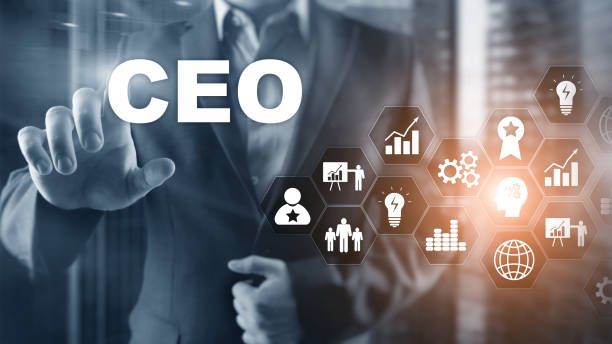
HTML tags are vital elements for On-Page SEO that help search engines understand the structure and content of your page.
The Title Tag, which is displayed at the top of the browser and appears as your page’s main title in search results, should include the main keyword and be engaging to encourage users to click.
The Meta Description, although not directly affecting ranking, plays an important role in click-through rate (CTR) and should be an attractive summary of the page content along with a call to action.
Headings (H1, H2, H3, …) give a hierarchical structure to your content and aid readability.
H1 should contain the main keyword and express the overall topic of the page, while H2s and H3s are used for subheadings and organizing different sections of the content.
These optimizations are a specialized part of On-Page SEO that send strong signals to search engines.
Below is a table for better understanding of these elements:
| HTML Element | SEO Importance | Optimization Tips |
|---|---|---|
| Title Tag (<title>) | Very High (Direct ranking factor, displayed in search results) | Includes main keyword, maximum 60-70 characters, engaging and descriptive |
| Meta Description (<meta name=”description”>) | Medium (Impact on CTR, not direct ranking) | Includes keywords, maximum 150-160 characters, attractive summary of content, encourages clicks |
| Heading Tags (H1-H6) | High (Content structuring, readability, signaling to search engines) | H1 used only once per page, includes main keyword. Other headings for organizing subsections. |
| Image Alt Text (Alt Text) | Medium (Accessibility, image SEO) | Brief and accurate description of the image, natural use of relevant keywords |
The Role of Internal Linking in SEO and User Experience
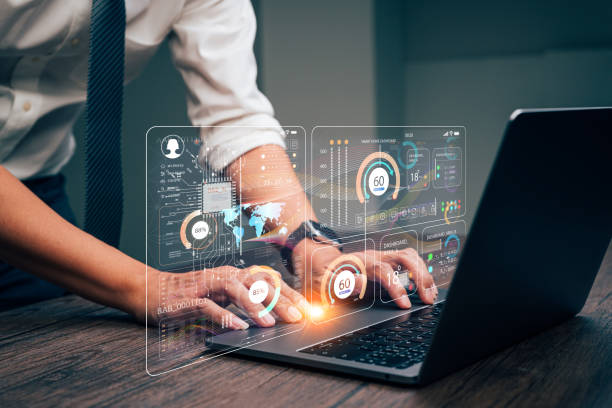
Internal linking is a vital and often overlooked element in On-Page SEO.
This process involves creating links from one page on your website to another page on the same website.
These links serve multiple roles: Firstly, they help search engines understand your site’s structure and recognize the importance of different pages.
Strong internal links distribute “link juice” or PageRank throughout the site, lending authority to your deeper and more important pages.
Secondly, they significantly improve user experience.
Users can easily navigate between related pages using these links and gain more information, which leads to increased time on site and reduced bounce rate.
Choosing appropriate and relevant anchor text is also very important; the anchor text should clearly indicate what the destination page is about.
This is an important analysis of how internal linking impacts both SEO and user satisfaction, demonstrating that optimizing your internal link structure is a fundamental step in increasing the effectiveness of your On-Page SEO.
Does your current corporate website not reflect your brand’s credibility and power as it should? Rasawab solves this challenge for you with professional corporate website design.
✅ Increased credibility and visitor trust
✅ Targeted attraction of more customers
⚡ Click to receive free consultation
Image Optimization and Page Load Speed

In the realm of On-Page SEO, images and page load speed are two important and synergistic factors that directly impact ranking and user experience.
Images can make your content more engaging and understandable, but if not optimized, they can significantly slow down page loading.
Image optimization includes compressing them without significant quality loss, choosing the appropriate format (like WebP for web), and using descriptive Alt Text that includes keywords.
Alt text is not only important for web accessibility (for users who use screen readers) but also helps search engines understand the image content.
Page load speed is also a critical ranking factor, especially with Google’s emphasis on Core Web Vitals.
Pages with high load speed have lower bounce rates and provide a better user experience.
This is a comprehensive explanation of the importance of technical optimization in On-Page SEO and its direct impact on your website’s overall performance.
This section provides a practical guide for improving site speed and optimizing images for better SEO.
The Importance of Quality Content and Appropriate Length in On-Page SEO
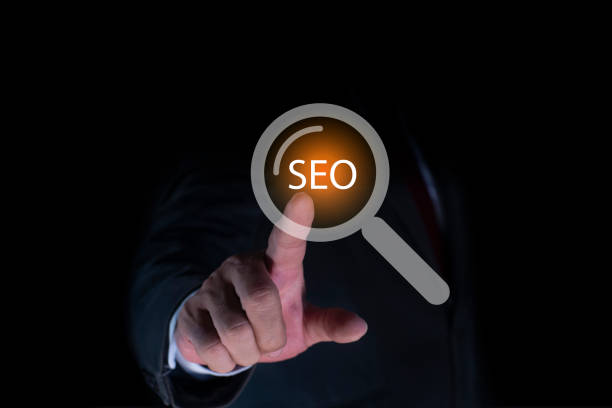
Content is king; this statement holds true more than ever in the field of On-Page SEO.
Regardless of technical optimizations, if your content is of poor quality or insufficient, your SEO efforts will be fruitless.
Quality content means content that is unique, valuable, comprehensive, and useful for your target audience.
This content should answer users’ questions, provide accurate information, and solve problems.
Content length also matters; while there’s no strict rule for “ideal length,” research shows that longer, more comprehensive content (usually over 1000 words) tends to rank higher, as this type of content can fully cover a topic and signal to search engines that the page is a credible and in-depth resource.
However, length alone is not enough; the content must be engaging and captivating to keep users until the end.
This analysis offers a deep dive into the importance of quality and comprehensive content in a site’s internal optimization strategy, which not only helps with ranking but also builds trust and increases credibility in the eyes of users and search engines.
This aspect of On-Page SEO is the heart of any successful campaign.
Structured Data (Schema Markup) and On-Page SEO
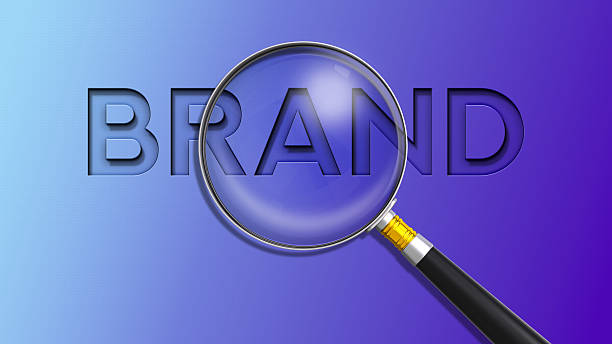
Structured data, also known as Schema Markup, is code you add to your website to help search engines better understand your content.
This code provides specific information about the page content to search engines, such as product type, reviews, events, recipes, and more.
By correctly implementing structured data, your website can appear as “Rich Snippets” or enhanced results in search results, which significantly increases the click-through rate (CTR).
For example, a recipe can include preparation time, calories, and star ratings directly displayed in search results.
This is a specialized and essential explanation for strengthening On-Page SEO and helps search engines understand the semantic context of your content.
This optimization not only deepens search engine understanding but also improves the visual experience for users on the search results page, leading to increased attractiveness and targeted traffic for your site.
The table below shows common types of structured data and their uses:
| Schema Type | Example Use | Impact on Search Results (Rich Snippet) |
|---|---|---|
| Article | Blog articles, news articles | Displays featured image, publication date, author |
| Product | E-commerce products | Displays price, availability, reviews (stars) |
| Review | Product or service reviews | Displays star rating and number of reviews |
| FAQPage | Frequently asked questions pages | Displays questions and answers in an accordion format |
| HowTo | Steps to perform a task | Displays step-by-step instructions |
Challenges and Common Mistakes in Implementing On-Page SEO
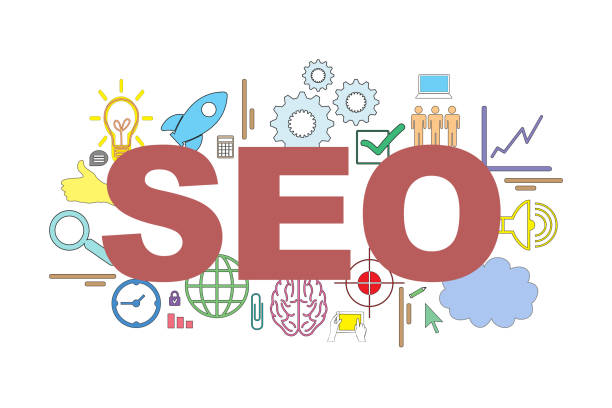
Implementing On-Page SEO, despite its importance, can come with common challenges and mistakes.
One of the biggest mistakes is Keyword Stuffing, which not only disrupts user experience but can also lead to penalties from search engines.
Another mistake is neglecting page load speed or failing to optimize images, which harms ranking and bounce rate.
Incorrect use of headings and improper content structure also prevents search engines from correctly understanding the page’s topic.
Also, the presence of Duplicate Content on the site can damage your domain’s credibility and be confusing.
This thought-provoking content aims to prompt you to re-evaluate your strategies.
Another common mistake is not paying attention to the site’s crawlability and indexability, which can hide parts of your site from search engines.
Recognizing these challenges and avoiding common mistakes is an important step in strengthening On-Page SEO and ensuring the success of your website optimization strategy.
This section is an analysis of the obstacles in the path of on-page optimization.
Do you know that a weak corporate website loses many opportunities for you daily? Solve this problem forever with professional corporate website design by Rasawab!
✅ Create a powerful and trustworthy image for your brand
✅ Targeted attraction of new customers and increased sales
⚡ [Get free website design consultation]
Monitoring and Analyzing On-Page SEO Performance with Tools
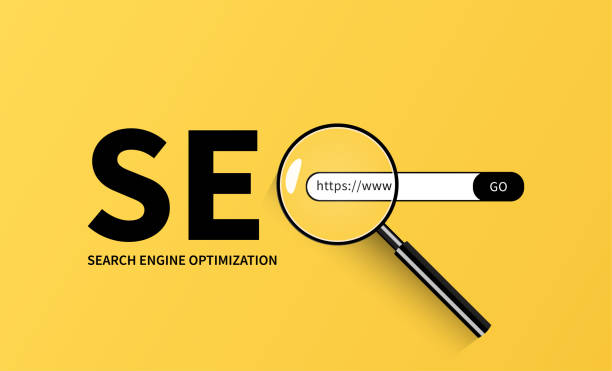
After implementing On-Page SEO techniques, continuous monitoring and analysis of performance are essential to evaluate the effectiveness of these actions and identify areas for improvement.
Tools like Google Search Console and Google Analytics provide valuable information.
Search Console helps you identify issues related to crawling, indexing, keyword performance, and site errors.
Analytics also provides data on site traffic, user behavior, bounce rate, time on page, and traffic sources.
Other tools like SEMrush, Ahrefs, and Moz are also very useful for keyword analysis, competitor research, ranking monitoring, and site auditing.
These tools provide a deeper analysis of your On-Page SEO status and allow you to make data-driven decisions for future optimizations.
Regular review of these reports can show you which aspects of your On-Page SEO are working well and which need more attention.
This guide helps you continuously improve your SEO strategy using data and stay ahead of competitors.
The Future of On-Page SEO and Adapting to New Algorithms

The world of SEO is constantly evolving, and On-Page SEO is no exception.
Search engine algorithms, especially Google’s, are becoming increasingly smarter and are focusing more on understanding content semantics, user experience, and technical website capabilities.
The future of On-Page SEO is strongly linked to Core Web Vitals, voice search, artificial intelligence (like Google’s MUM algorithm), and semantic search.
This means that focusing on producing very high-quality, comprehensive, and human-beneficial content, and not just for search engines, will become more crucial.
Optimizing for voice search requires focusing on conversational keywords and natural language.
Also, continuous improvement of site speed and visual stability, and ensuring full mobile compatibility, will be of particular importance.
This section provides a news and analytical perspective on future trends in On-Page SEO and emphasizes the necessity of adaptability and continuous updating of optimization knowledge and techniques.
For future success, webmasters must be ready to embrace changes and prioritize user needs to remain competitive in this arena.
Frequently Asked Questions
| Question | Answer |
|---|---|
| What is Meta Title and why is it important in On-Page SEO? | Meta Title is the most important On-Page SEO element that appears in the browser tab and search results. It helps search engines and users understand the main topic of the page and should include the primary keyword. |
| What role does Meta Description play in On-Page SEO? | Meta Description is a short summary of the page’s content that appears in search results below the title. Although it does not directly affect ranking, its attractiveness can increase the click-through rate (CTR). |
| How should keywords be used in page content? | Keywords should be used naturally and relevantly in strategic locations such as the title, headings, first paragraph, and body of the text. Avoid excessive keyword stuffing. |
| What is the importance of quality and comprehensive content in On-Page SEO? | High-quality, unique, informative, and comprehensive content that addresses user needs is of great importance. Search engines rank content that provides real value higher. |
| What is the use of heading tags (H1-H6) in On-Page SEO structure? | Heading tags (H1, H2, H3, etc.) are used to structure content and indicate the importance of different sections. H1 is the main title of the page, and each page should have only one H1. Other tags are used for subheadings. |
| How to optimize images for better On-Page SEO? | To optimize images, use descriptive Alt Text that includes relevant keywords, reduce image file size without significant quality loss, and use meaningful and relevant file names. |
| What are the characteristics of an SEO-friendly URL for On-Page SEO? | A friendly URL should be short, readable, descriptive, include main keywords, and be free of unnecessary characters. The URL structure should be hierarchical and logical to be understandable for both users and search engines. |
| How does internal linking help On-Page SEO? | Internal linking, by connecting related pages, helps users and search engine crawlers better understand the site’s structure, transfer page authority, and increase user time on site. |
| What is the impact of page load speed on On-Page SEO? | High load speed is crucial for both user experience and SEO ranking. Slower pages may be overlooked by search engines and lead to an increased Bounce Rate. |
| Why is Mobile-Friendliness very important in On-Page SEO? | Given the increasing number of searches via mobile devices, having a responsive and mobile-friendly site is essential for user experience and ranking in search results (Google’s mobile-first indexing). |
And other services of Rasa Web advertising agency in the field of advertising
Smart Digital Branding: A combination of creativity and technology to increase website traffic by using real data.
Smart Advertising Campaign: Revolutionize user interaction with custom programming.
Smart Advertising Campaign: Designed for businesses looking to attract customers through intelligent data analysis.
Smart Conversion Rate Optimization: A professional solution for increasing website traffic with a focus on marketing automation.
Smart UI/UX: Designed for businesses looking to increase click-through rates through marketing automation.
And over a hundred other services in the field of internet advertising, advertising consultation, and organizational solutions
Internet Advertising | Advertising Strategy | Advertorials
Resources
On-Page SEO Guide
On-Page SEO Techniques
What is On-Page SEO?
On-Page SEO Optimization
? With Rasawab Afarin, your business soars in the digital world! From SEO and targeted content creation to multilingual website design and advertising campaign management, we are with you every step of the way on your digital growth journey to ensure a powerful and lasting presence.
📍 Tehran, Mirdamad Street, next to Bank Markazi, Kazerun Jonoubi Alley, Ramin Alley, No. 6

